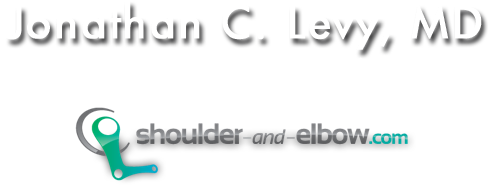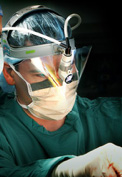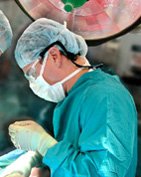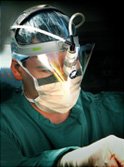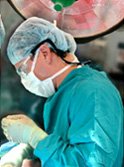SLAP Tear
Function of Normal Labrum

In the normal shoulder the labrum plays an important role in the stability of the shoulder joint. The shoulder joint is a rather shallow socket. The labrum is a supporting cartilage that completely surrounds the socket. By deepening the socket, the labrum provides additional stability of the shoulder joint. Additionally, the ligaments of the shoulder are attached to the labrum, therefore; the labrum helps to anchor the important ligaments that stabilize the shoulder
Long Head of Biceps
The long head of the biceps attaches to the top of the labrum. This tendon may play a role in the development of a superior labral tear, as the biceps may peal the labrum off of the attachment to the socket (glenoid).
SLAP Tears

A SLAP tear occurs when the upper portion of the labrum (superior labrum) tears. The acronym SLAP means Superior Labrum Anterior to Posterior, based on the direction of how the labrum tears.
This injury is common after a fall on an outstretched arm, or repetitive activities such as pitching, weight lifting, and even from a bad golf swing.
Symptoms
Typically patients note pain at the top or front of the shoulder, especially during overhead activities. Activities such as bench or overhead press may aggravate the pain.
Diagnosis

SLAP tears are suspected based on history, physical examination, and magnetic resonance imaging (MRI) findings. An MRI is more accurate when contrast is placed in the shoulder joint (picture to right).
Treatment

Treatment typically begins with rest, activity modification, and anti-inflammatory medications. For high-demand athletes, surgery is often considered early. Additionally, if non-operative measures do not provide sustained relief of shoulder pain, surgery is an option.
SLAP Repair
Surgical repair of a SLAP tear is done arthroscopically. The torn labrum is anchored to the glenoid bone using heavy suture. This allows for the labrum to heal to the glenoid, restoring the function of the labrum.
